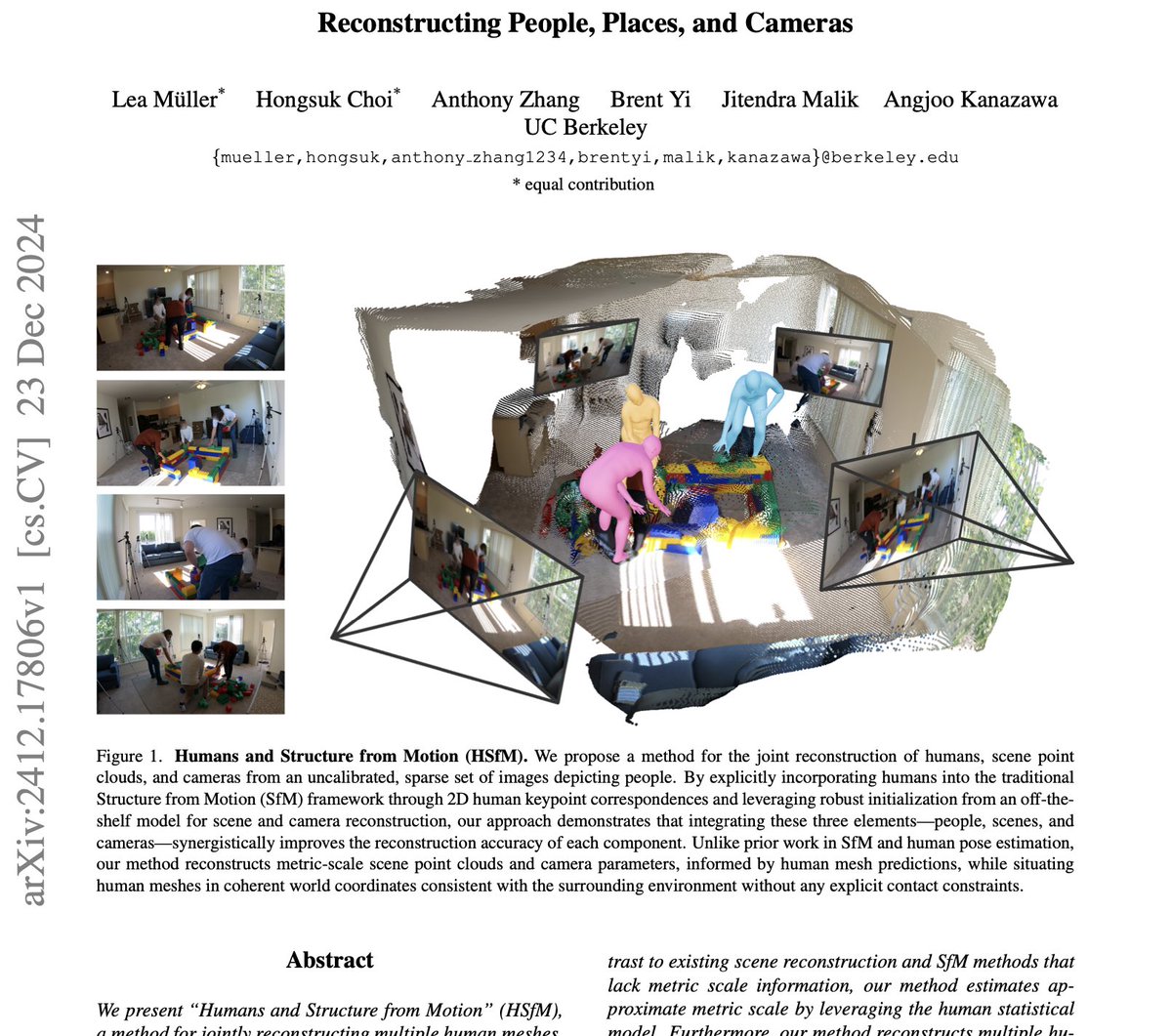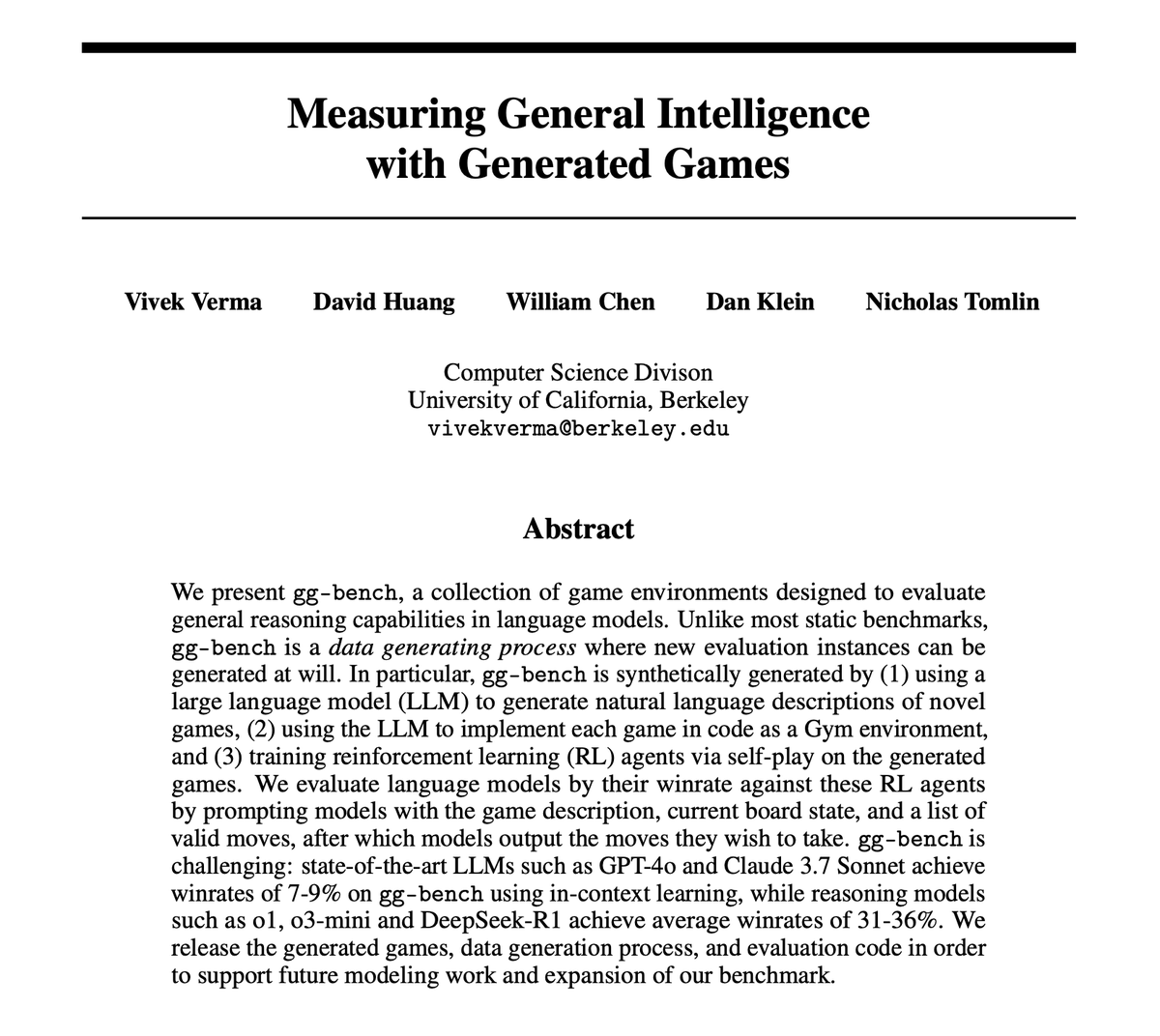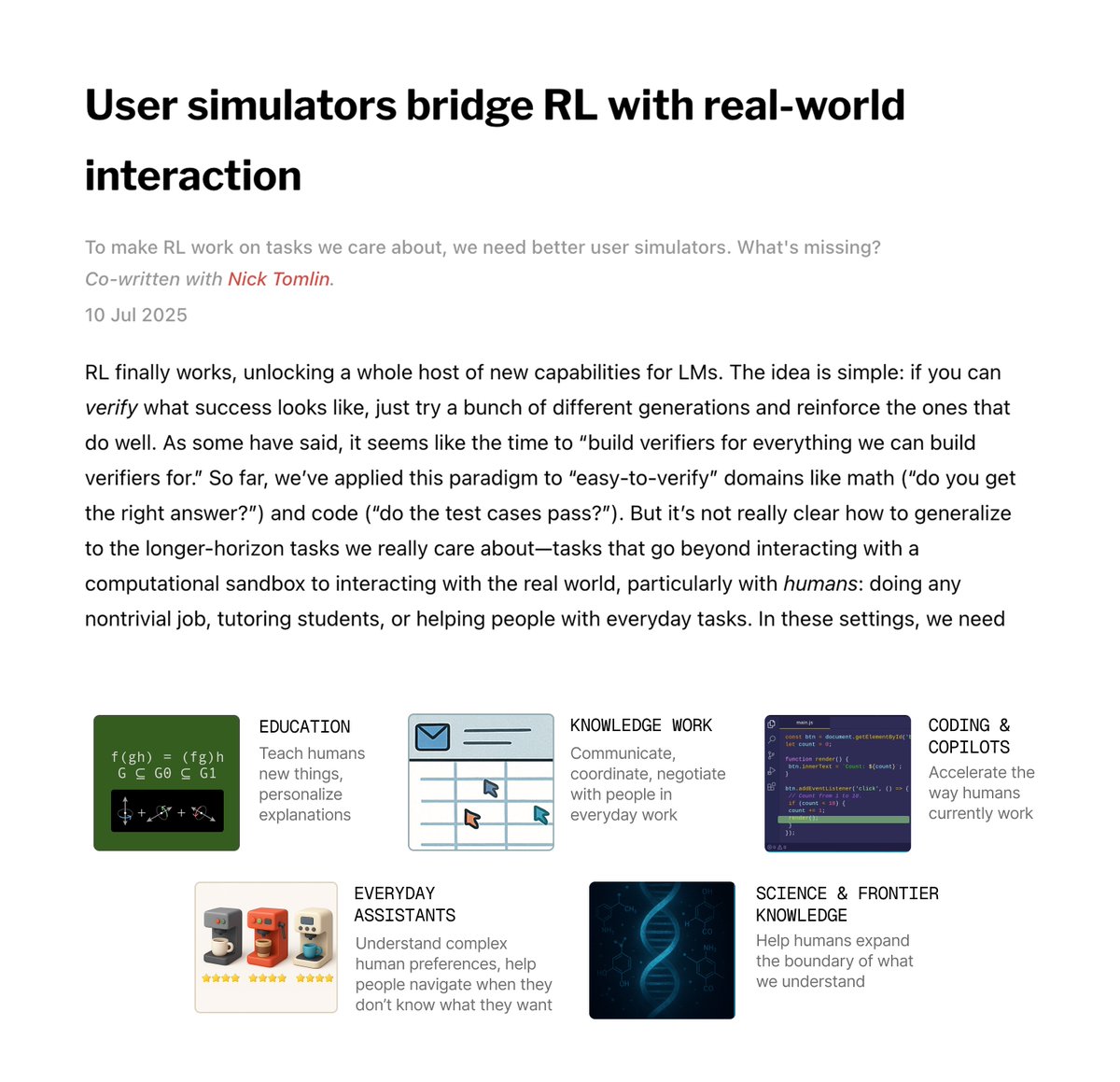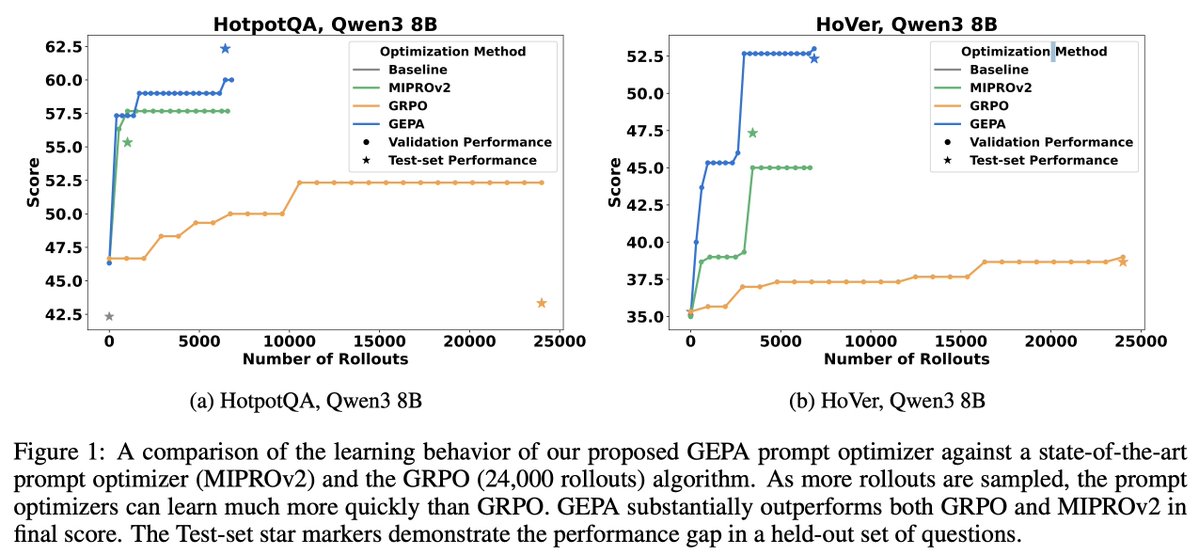
Sanjay Subramanian
@sanjayssub
Building/analyzing NLP and vision models. PhD student @berkeley_ai. Formerly: @allen_ai, @penn
ID: 1176913670057545729
https://people.eecs.berkeley.edu/~sanjayss/ 25-09-2019 17:37:49
254 Tweet
889 Followers
560 Following


Introducing "AutoPresent: Designing Structured Visuals From Scratch". We employ code generation to create structured, high-quality presentation slides from scratch! 📄 arxiv.org/abs/2501.00912 🤗 huggingface.co/spaces/JiaxinG… 🔗 github.com/para-lost/Auto… Berkeley AI Research Language Technologies Institute | @CarnegieMellon





















![Ruilong Li (@ruilong_li) on Twitter photo For everyone interested in precise 📷camera control 📷 in transformers [e.g., video / world model etc]
Stop settling for Plücker raymaps -- use camera-aware relative PE in your attention layers, like RoPE (for LLMs) but for cameras!
Paper & code: liruilong.cn/prope/ For everyone interested in precise 📷camera control 📷 in transformers [e.g., video / world model etc]
Stop settling for Plücker raymaps -- use camera-aware relative PE in your attention layers, like RoPE (for LLMs) but for cameras!
Paper & code: liruilong.cn/prope/](https://pbs.twimg.com/media/Gv6T8JdXIAUSmiE.jpg)
